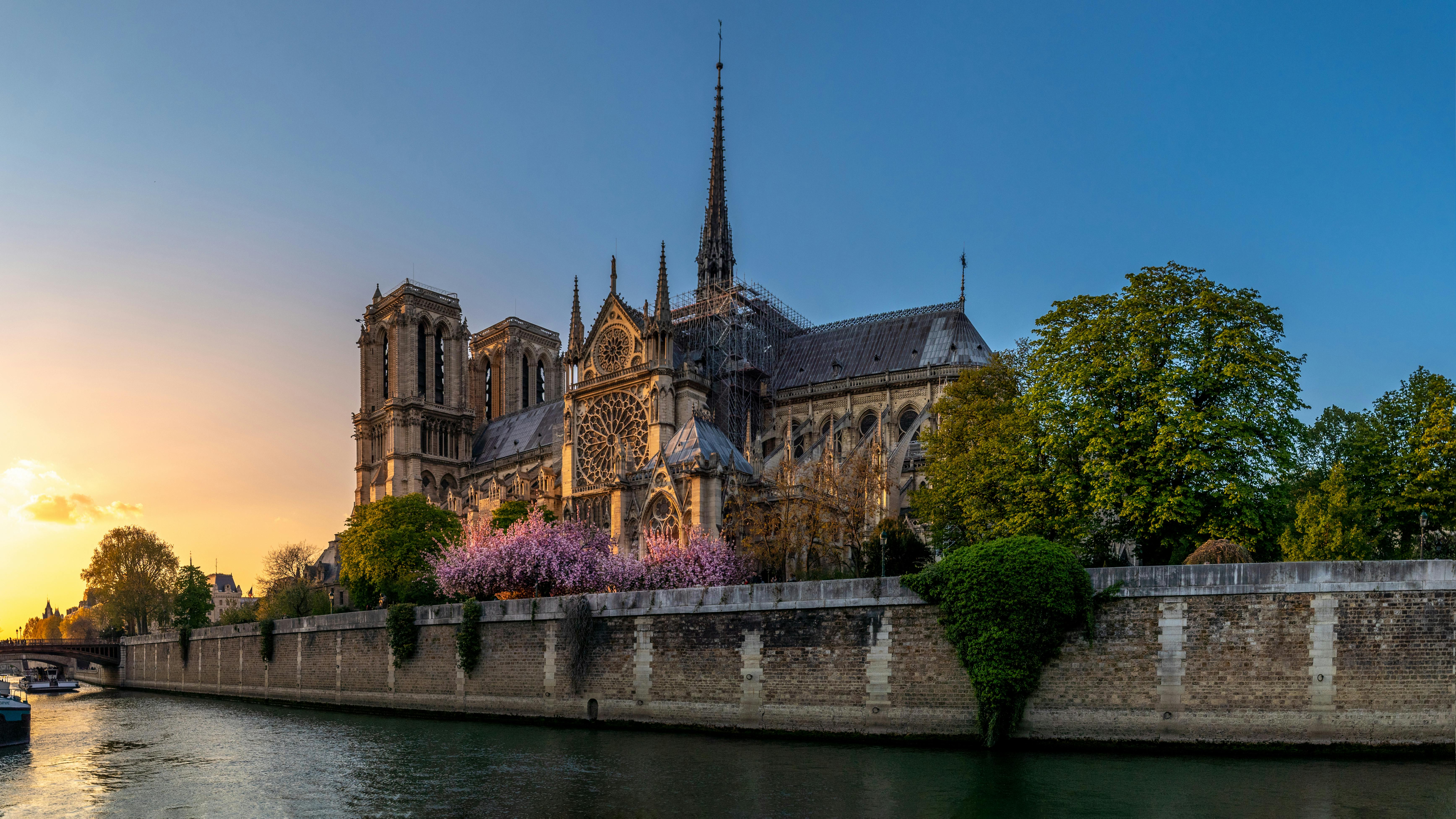As people become more aware of the carbon footprint they leave behind, they are quickly starting to change their ways and look for eco-friendly options for their homes and businesses. A very popular and effective way to start transitioning your home into a greener one is to upgrade or replace your existing windows with Low E windows. Windows and other openings in homes, such as doors and skylights, represent one of the most common sources of energy loss in homes. Therefore, having efficient low-e windows will help you reduce energy loss and save money on your energy bill.
What are Low E windows?
Low-E glass is different from regular clear glass because one side of the glass has a special metal coating, commonly known as Low-E or Low-E Coating. This coating reflects a part of the infrared radiation from the sun. Low-E glass increases the energy efficiency of windows by reducing heat transfer through the glass.
There are two types of Low-E (low emissivity) glass:
• Hard or pyrolytic layer
• Powdered or soft coat
Low-E Hard Coat Glass
Hard-coated Low-E glass is created by pouring a thin layer of molten tin onto a sheet of glass while the glass is still molten. As a result, the tin is soldered to the glass. This process makes the hard coat very durable and difficult to scratch or remove. In most cases, this low-e hardcoat glass has a blue tint and is often used in single pane windows.
Low-E Soft Coated Glass
Soft-coated Low-E glass is created by applying silver, zinc, or tin to glass under a vacuum. The coating is delicate and if exposed to air, the coating is subject to oxidation. Therefore, the Low-E soft coat coating must be between two layers (or panels) of glass. Although Soft Coat glass is more expensive than Hard Coat Low-E glass, it has superior visible light transmission. However, it is less durable and requires ideal storage and handling conditions to ensure that the glass does not get damaged.
Which low-e coating to choose?
The type of coating you select for your windows depends on the climate in which you live. As a general rule:
Soft-coated Low-E glass is ideal for hotter climates – soft-coated will help you save on air conditioning costs by not trapping heat in your home, blocking up to 70% of rays UV. Low-E coatings are placed on the interior surface of the exterior glass panel. This prevents external heat from transferring from the hotter exterior panel to the cooler interior.
Low-E hard coat glass is better for cooler climates – the hard coat will help keep heating costs down. The cladding prevents the warmer internal glass pane from transmitting heat to the cooler glass on the outside of the window, thereby reducing heat loss to cold air coming from outside.
